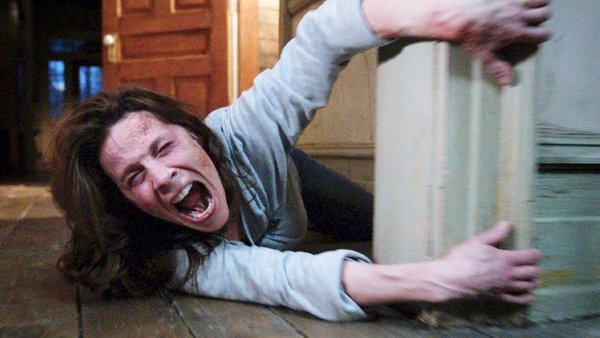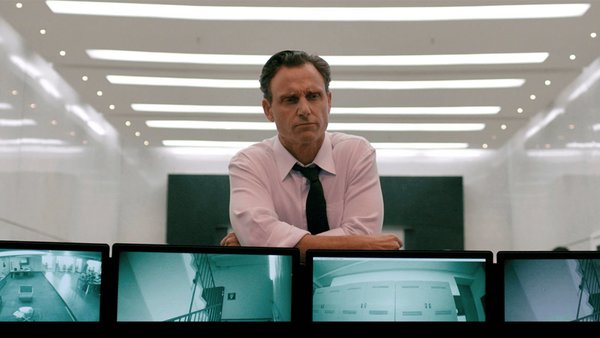10 Tricks Horror Movies Use To Scare You
5. Corrupting The Everyday

Home invasion films are one of horror’s most popular subgenres, allowing us to gawk at the terror of having your safe space destroyed all from the comfort of our own safe, cosy couches. It’s the same appeal to the well-known that makes office or hospital-based horrors so unnerving: they are taking a space that is meant to be safe, comforting or helpful and turning it into something awful.
For some reason we love to subject ourselves to the fear that our own homes could be broken into or haunted, our own families tormented. We willingly watch murders on an operating table or shady organisations taking over workplaces, just to then visit the GP and get on the bus to work.


We’re so programmed to associate our frequented spaces with a sense of normality and eventless boredom, that telling our brains that they may be just as dangerous as any abandoned asylum or clown-filled carnival is bound to be upsetting. The thought that our own bathroom mirror (see Mirrors 2008) or our sleepwalking spouse (The Break-In 2016) could kill us is too much to bear.
We would be absolutely terrified if this were to happen in real life and so watching it on screen appeals to all our deepest fears of safety being ripped away. In life we avoid danger by not going to scary, dangerous places, but these movies can convince us that no matter where we are, danger can find us.